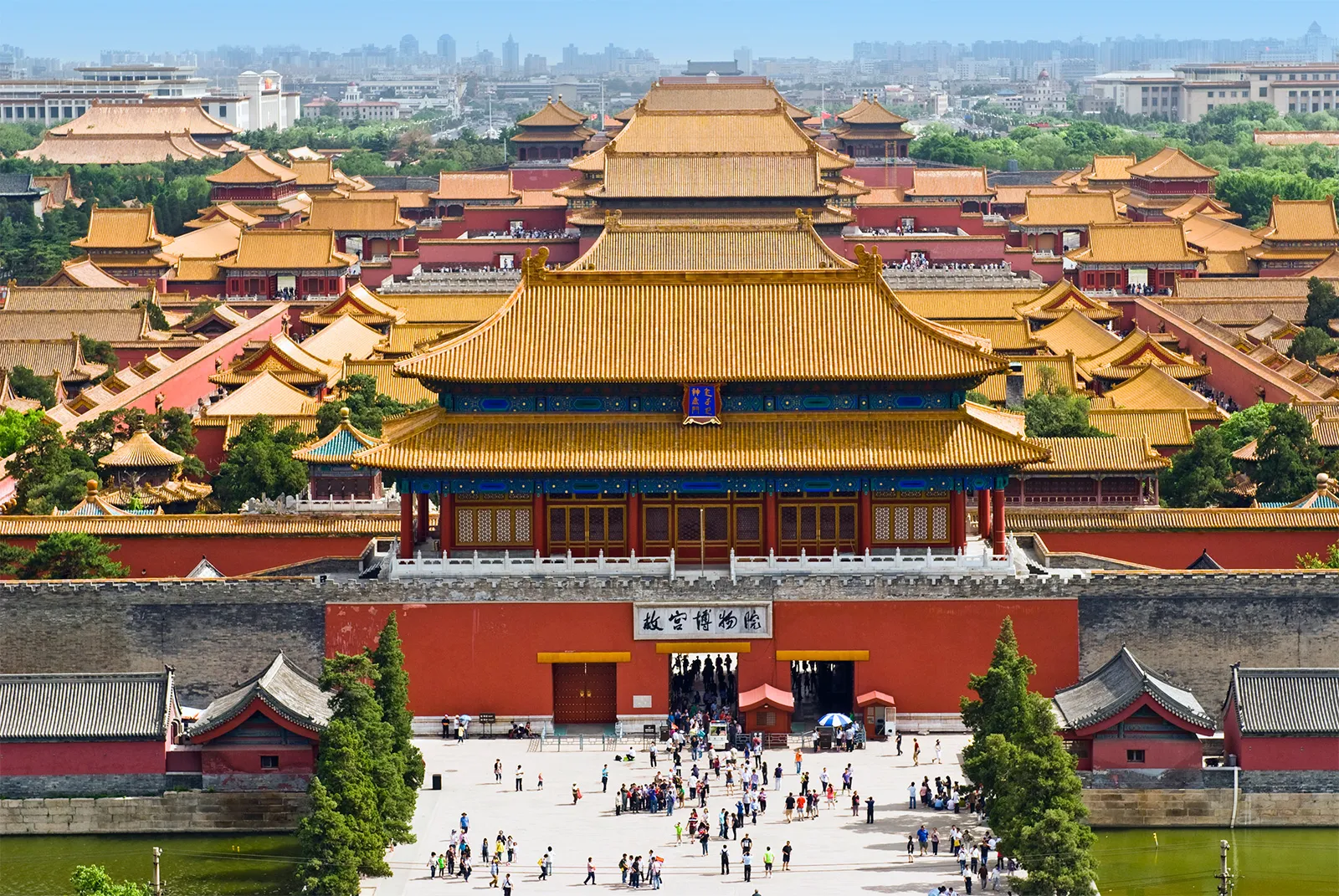China Q1 GDP growth beats expectations, but US tariff shock dims outlook
Beijing has put boosting consumption as the top priority this year as they try to cushion the impact of the Trump administration’s tariffs on its trade sector.
China’s first-quarter economic growth outstripped expectations, underpinned by solid consumption and industrial output, but analysts fear momentum could shift sharply lower as US tariffs pose the biggest risk to the Asian powerhouse in decades.
President Donald Trump has ratcheted up tariffs on Chinese goods to eye-watering levels, prompting Beijing to slap retaliatory duties on US imports that have raised the stakes for the world’s two biggest economies and rattled financial markets.
Data on Wednesday (Apr 16) showed China’s gross domestic product (GDP) grew 5.4 per cent in the January-to-March quarter from a year earlier, unchanged from the fourth quarter, but surpassed analysts’ expectations in a Reuters poll for a rise of 5.1 per cent.
Growth momentum is expected to cool sharply in the next few quarters, however, as Washington’s tariff shock hits the crucial export engine, heaping pressure on Chinese leaders to roll out more support measures to keep the world’s second-largest economy on an even keel.
“China’s economy faces two material drags simultaneously: the ongoing property fallout internally and the unprecedented US-China trade war externally,” Nomura economists said.
While government stimulus boosted consumption and supported investment, Xu Tianchen, senior economist at the Economist Intelligence Unit, said that “a forceful and timely policy response” is needed given the additional pressure stemming from US tariffs.
Exports have remained a lone bright spot in China’s economy, with a trillion-US dollar trade surplus last year helping to underpin growth even as a prolonged property sector slump and sluggish domestic demand continue to undercut a solid recovery.
That complicates the policy challenge for Beijing as Trump’s relentless focus on China’s vast trade engine threatens to choke off a key growth driver.
China’s Premier Li Qiang said this week the country’s exporters will have to cope with “profound” external changes, and vowed to support more domestic consumption.
Indeed, quarter-on-quarter momentum highlighted a softer underbelly, with the economy expanding 1.2 per cent in the first quarter, slowing from 1.6 per cent in October-to-December period.
For 2025, the economy is expected to grow at a subdued 4.5 per cent pace year on year, the Reuters poll showed, slowing from last year’s 5 per cent pace and falling short of the official target of around 5 per cent. Global investment banks have sharply slashed their China GDP forecasts for this year.
Citing the punitive US duties, ANZ on Wednesday cut its China 2025 GDP forecast to 4.2 per cent from 4.8 per cent, while Nomura reduced theirs to 4 per cent from 4.5 per cent.
UBS was even more pessimistic, having this week downgraded its 2025 growth forecast for the Asian giant to 3.4 per cent from 4 per cent, on the assumption that Sino-US tariff hikes will remain in place and that Beijing will roll out additional stimulus.
“We think the tariff shock poses unprecedented challenges to China’s exports and will set forth major adjustment in the domestic economy as well,” UBS analysts said in a note.
While several other countries have been swept up in US tariffs, Trump has targeted China for the biggest levies to the tune of 145 per cent. Dismissing US trade actions as “a joke”, Beijing has hit back with 125 per cent duties on US goods.
The spiralling trade war with the US took some of the shine off brighter notes in separate data.
Retail sales, a key gauge of consumption, rose 5.9 per cent year on year in March after gaining 4 per cent in January-to-February period, while factory output growth quickened to 7.7 per cent from 5.9 per cent in the first two months. Both numbers topped analysts’ forecasts.
The retail sales uptick was driven by sharp double-digit gains in home electronics and furniture sales, helped by the government’s consumer goods trade-in scheme.
But China’s property downturn remained a drag on overall growth, with investment in the sector falling 9.9 per cent year on year in the first three months. March new home prices were unchanged on month.
The broader impulse from Wednesday’s data still pointed to an uneven economic recovery, particularly as elevated unemployment and persistent deflationary pressures fuel concerns over weak demand.
“Good GDP does not represent the overall economic health of an economy,” said Raymond Yeung, chief China economist at ANZ. “Deflation and youth unemployment remain the primary concerns.”
Moreover, analysts say a surge in China’s March exports – driven by factories rushing shipments to beat the latest Trump tariffs – will reverse sharply in the months ahead as the hefty US levies take effect.
Policymakers have repeatedly said the country has ample room and tools to bolster the economy, and analysts expect further support measures in coming months following a blitz of monetary easing steps late last year.
Earlier this month, Fitch downgraded China’s sovereign credit rating, citing rapidly rising government debt and risks to public finances, suggesting a tricky balancing act for policymakers seeking to expand consumption to guard against a trade downturn.
“The current situation is similar to the negative shocks China experienced in the past, such as the Covid-19 outbreak in 2020 and the global financial crisis in 2008,” ANZ’s Yeung said. “We see limited options for Chinese authorities against the tariff shock except a large fiscal expansion.”





